A Daptive-distance Noncontact Electrostatic Meter Based on MEMS Technology
-
摘要: 静电场测量是检测物体是否携带过量静电最直接的手段,对于静电防护具有重要意义。传统的静电仪主要依赖固定距离测量,在被测物难以维持静止或不容易靠近时,距离改变引起灵敏度变化,造成测量误差。该文基于微机电系统电场传感器,提出一种可根据测试距离自适应调整灵敏度的静电测量思路:通过超声波模块测量被测物的距离,然后通过单片机查找对应的灵敏度系数,结合电场测试结果计算被测电压。针对研制的静电仪,该文提出基于实验室标定及现场标定相结合的校准方法,搭建了动态灵敏度标定系统,计算出不同测试距离、不同被测物尺寸的传感器灵敏度系数对应关系。与定距测量的传统静电仪相比,该文通过灵敏度动态标定,实现了更精确的非接触表面静电压测量;采用微机电系统电场敏感元件,具有体积小、功耗低、易集成、可批量化制备等优点,封装后无裸露可动部件,可靠性高。经第三方计量检测,在不同测试距离下的平均误差为–2.98%。Abstract: Electrostatic field measurement is the most direct method to detect whether an object carries excessive static charge. Traditional electrostatic meters mainly rely on fixed distance measurement. While the measured object is difficult to maintain still or not easy to approach, the distance change causes a sensitivity change and results in a measurement error. Based on the micro-machined electric field sensor, this paper proposes an electrostatic measurement idea that the meter adjusts the sensitivity adaptively according to the tested distance: measure the distance of the object through the ultrasonic module, to find the corresponding sensitivity coefficient through the microprocessor, and then to calculate the measured voltage accompany the electric field result. For the developed meter, this paper proposes a calibration method based on a combination of laboratory calibration and site calibration, builds a dynamic sensitivity calibration system, and calculates the corresponding relation of sensor sensitivity coefficients of different test distances and different measured object sizes. Compared with the conventional measurements in a fixed distance, this paper achieves more accurate non-contact surface static voltage measurement by means of sensitivity dynamic calibration. In the meanwhile, the micro electric field sensing element has the advantages of small size, low power consumption, easy integration, and capable of mass manufacturing. According to the third-party test, the average error at different test distances is –2.98%.
-
表 1 静电仪第三方校准结果
测试距离 2 cm 5 cm 10 cm 标准值(kV) 示值(kV) 相对误差(%) 示值(kV) 相对误差(%) 示值(kV) 相对误差(%) 0.50 0.51 +2.00 0.49 –2.00 0.50 0.00 1.00 1.03 +3.00 0.97 –3.00 0.99 –1.00 2.00 2.09 +4.50 1.95 –2.50 2.00 0.00 2.50 2.59 +3.60 2.43 –2.80 2.48 –0.80 3.00 3.10 +3.33 2.93 –2.33 2.99 –0.33 4.00 4.15 +3.75 3.94 –1.50 3.99 –0.25 5.00 5.36 +7.20 4.93 –1.40 4.98 –0.40 –0.50 –0.55 –10.00 –0.53 –6.00 –0.53 –6.00 –1.00 –1.09 –9.00 –1.07 –7.00 –1.06 –6.00 –2.00 –2.20 –10.00 –2.15 –7.50 –2.15 –7.50 –2.50 –2.58 –3.20 –2.67 –6.80 –2.61 –4.40 –3.00 –3.26 –8.67 –3.22 –7.33 –3.09 –3.00 –4.00 –4.29 –7.25 –4.28 –7.00 –4.09 –2.25 –5.00 –5.41 –8.20 –5.32 –6.40 –5.03 –0.60 -
[1] 张成铭, 徐晓英, 舒晓榕, 等. 静电放电对PCB轨线耦合的实验及仿真研究[J]. 电子测量与仪器学报, 2020, 34(5): 103–111. doi: 10.13382/j.jemi.B1902854ZHANG Chengming, XU Xiaoying, SHU Xiaorong, et al. Experimental and simulation study on the coupling with the PCB trace by electrostatic discharge[J]. Journal of Electronic Measurement and Instrumentation, 2020, 34(5): 103–111. doi: 10.13382/j.jemi.B1902854 [2] 李亮亮, 赵清山, 李义鹏, 等. 电导率对成品油静电特性影响试验研究[J]. 工业安全与环保, 2018, 44(7): 9–12. doi: 10.3969/j.issn.1001-425X.2018.07.003LI Liangliang, ZHAO Qingshan, LI Yipeng, et al. Experimental study on the effect of conductivity on the electrostatic characteristics of petroleum products[J]. Industrial Safety and Environmental Protection, 2018, 44(7): 9–12. doi: 10.3969/j.issn.1001-425X.2018.07.003 [3] 魏宏安, 吴小清, 张昂. 基于能量误差的人体有限元模型网格剖分优化研究[J]. 电子与信息学报, 2020, 42(11): 2615–2620. doi: 10.11999/JEIT190765WEI Hong’an, WU Xiaoqing, and ZHANG Ang. Research on mesh generation optimization of finite element model of human body based on energy error[J]. Journal of Electronics &Information Technology, 2020, 42(11): 2615–2620. doi: 10.11999/JEIT190765 [4] 季启政, 刘志宏, 张书锋. 航天器电子产品静电防护管理初探[J]. 航天工业管理, 2011(3): 29–32. doi: 10.3969/j.issn.1004-7980.2011.03.007JI Qizheng, LIU Zhihong, and ZHANG Shufeng. The primary research on the ESD protection management system of spacecraft electronic devices[J]. Aerospace Industry Management, 2011(3): 29–32. doi: 10.3969/j.issn.1004-7980.2011.03.007 [5] SIMICIC M, ASHIF N R, HELLINGS G, et al. Electrostatic discharge robustness of amorphous indium-gallium-zinc-oxide thin-film transistors[J]. Microelectronics Reliability, 2020, 108: 113632. doi: 10.1016/j.microrel.2020.113632 [6] YONG Shaohui, HOSSEINBEIG A, YANG Suyu, et al. Noncontact human body voltage measurement using Microsoft Kinect and field mill for ESD applications[J]. IEEE Transactions on Electromagnetic Compatibility, 2019, 61(3): 842–851. doi: 10.1109/TEMC.2018.2836869 [7] 刘辉, 李川, 卢红彬. 一种人体静电测量系统的设计方法与实现[C]. 2012年全国军事微波会议、2012年全国电磁兼容学术会议、2012年第九届电磁技术学术年会论文集, 桂林, 中国, 2012: 290–293.LIU Hui, LI Chuan, and LU Hongbin. New design method and implementation of measurement system to body electrostatic[C]. 2012 National Military Microwave Conference, 2012 National Electromagnetic Compatibility Academic Conference, 2012 Electromagnetic Technology Academic Annual Conference, Guilin, China, 2012: 290–293. [8] TANT P, BOLSENS B, SELS T, et al. Design and application of a field mill as a high-voltage DC meter[J]. IEEE Transactions on Instrumentation and Measurement, 2007, 56(4): 1459–1464. doi: 10.1109/TIM.2007.900157 [9] AGARWAL A and BHATTACHARYA S. An approach to study the atmospheric electric field using EFM system[C]. Futuristic Trends in Engineering, Science, Humanities, and Technology, Madhya Pradesh, India, 2016: 153–156. [10] NORAS M A and PANDEY A. Surface charge density measurements[J]. IEEE Industry Applications Magazine, 2010, 16(4): 41–47. doi: 10.1109/MIAS.2010.936971 [11] FATIHOU A, DASCALESCU L, ZOUZOU N, et al. Measurement of surface potential of non-uniformly charged insulating materials using a non-contact electrostatic voltmeter[J]. IEEE Transactions on Dielectrics and Electrical Insulation, 2016, 23(4): 2377–2384. doi: 10.1109/TDEI.2016.7556516 [12] 王德才. 电线电压与电流非接触检测技术研究[D]. [博士论文], 重庆大学, 2018.WANG Decai. Study on non-contact detecting technology for electric power line-voltage and current[D]. [Ph. D. dissertation], Chongqing University, 2018. [13] 凌必赟, 彭春荣, 任仁, 等. 低轴间耦合的MEMS三维电场传感器[J]. 电子与信息学报, 2018, 40(8): 1934–1940. doi: 10.11999/JEIT171188LING Biyun, PENG Chunrong, REN Ren, et al. MEMS-based three-dimensional electric field sensor with low cross-axis coupling interference[J]. Journal of Electronics &Information Technology, 2018, 40(8): 1934–1940. doi: 10.11999/JEIT171188 [14] YAN Zimu, LIANG Jiaju, HAO Yongcun, et al. A micro resonant DC electric field sensor based on mode localization phenomenon[C]. 2019 IEEE 32nd International Conference on Micro Electro Mechanical Systems (MEMS), Seoul, Korea (South), 2019: 849–852. doi: 10.1109/MEMSYS.2019.8870880. [15] 叶天翔. 基于SOI的电场传感器[D]. [硕士论文], 清华大学, 2014.YE Tianxiang. The Electric field sensor based on SOI[D]. [Master dissertation], Tsinghua Univeristy, 2014. [16] YANG Pengfei, WEN Xiaolong, CHU Zhaozhi, et al. AC/DC fields demodulation methods of resonant electric field microsensor[J]. Micromachines, 2020, 11(5): 511. doi: 10.3390/mi11050511 [17] 闻小龙, 彭春荣, 杨鹏飞, 等. 基于MEMS技术的非接触式人体静电测量装置[J]. 电子与信息学报, 2017, 39(8): 1835–1840. doi: 10.11999/JEIT161190WEN Xiaolong, PENG Chunrong, YANG Pengfei, et al. Non-contact human body electrostatic voltmeter based on MEMS technology[J]. Journal of Electronics &Information Technology, 2017, 39(8): 1835–1840. doi: 10.11999/JEIT161190 -





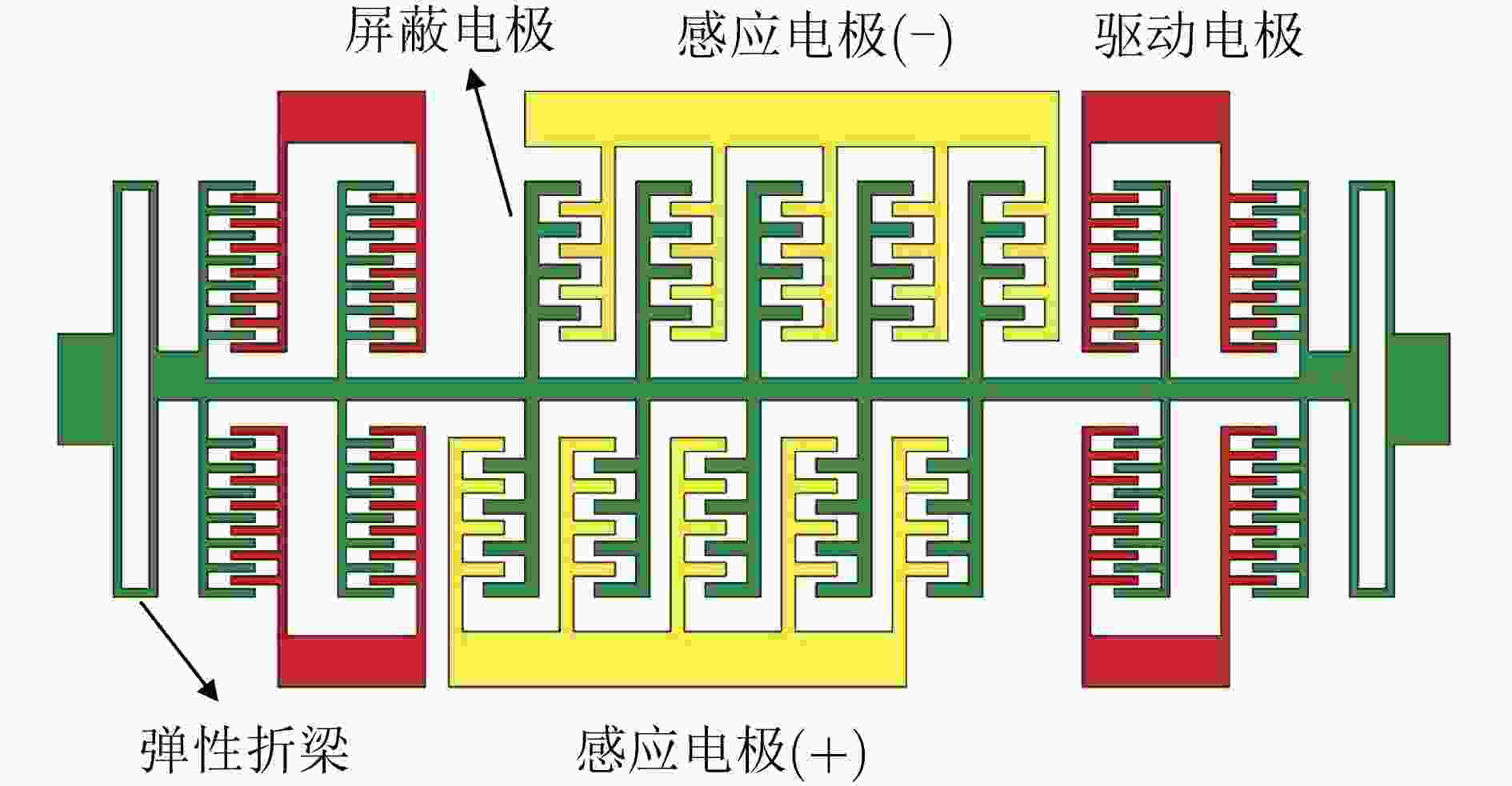
 下载:
下载:
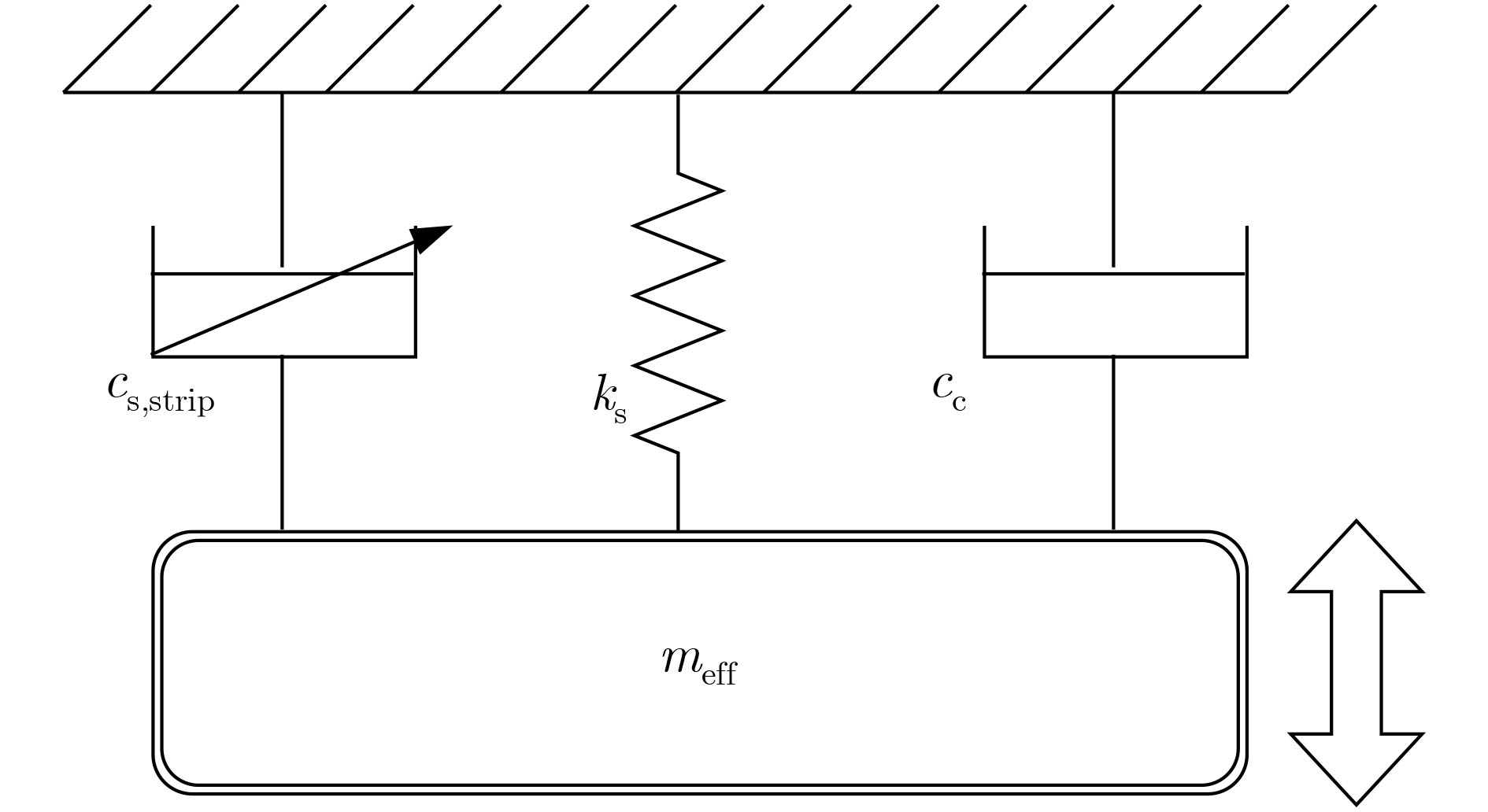
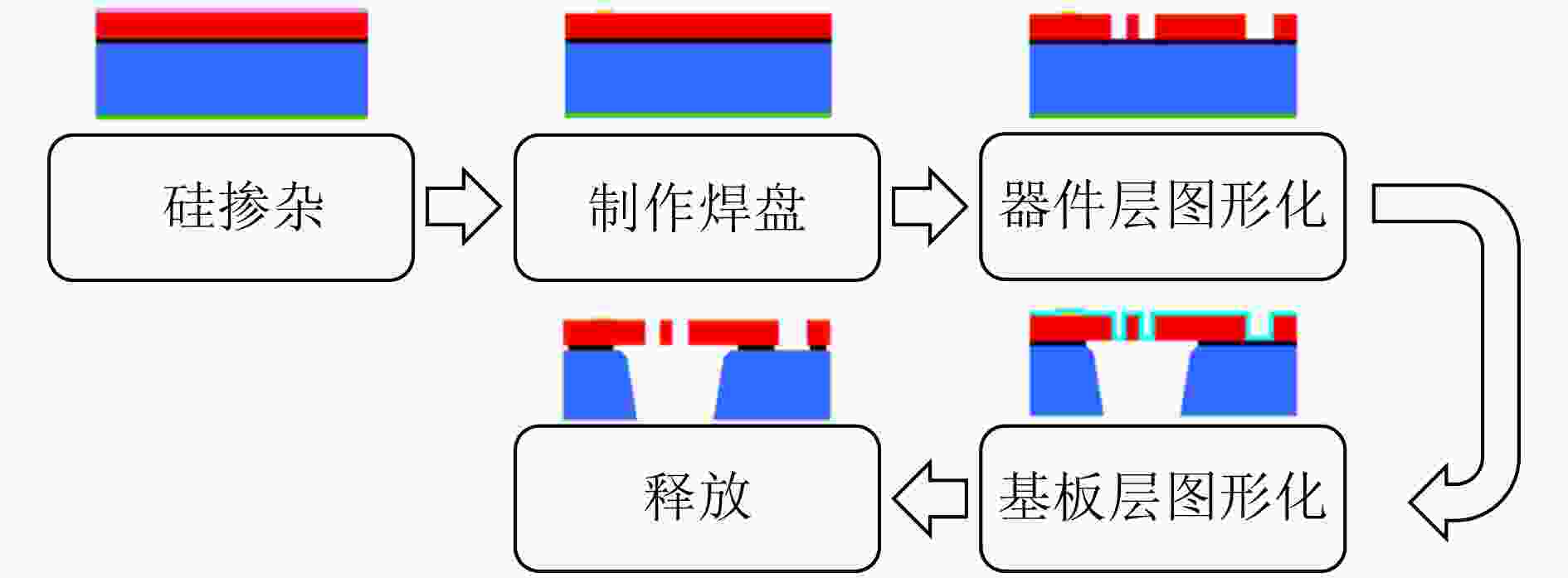
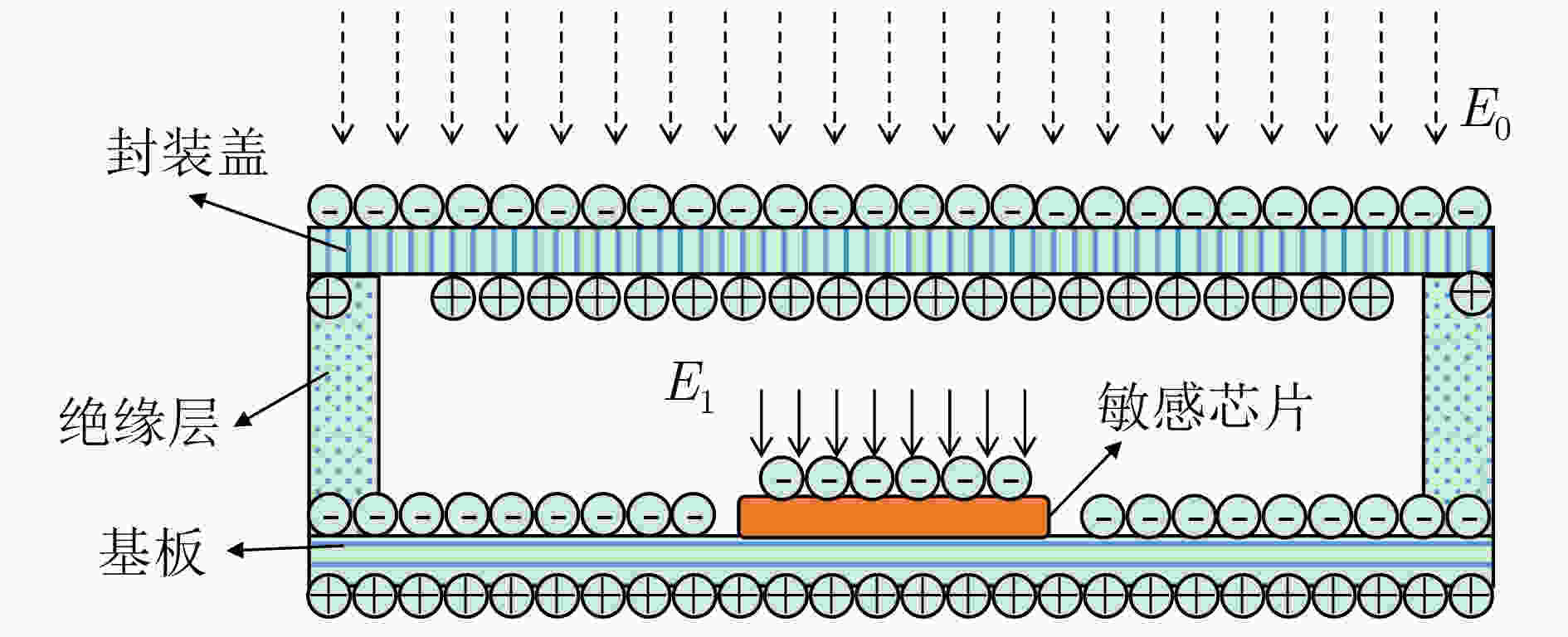


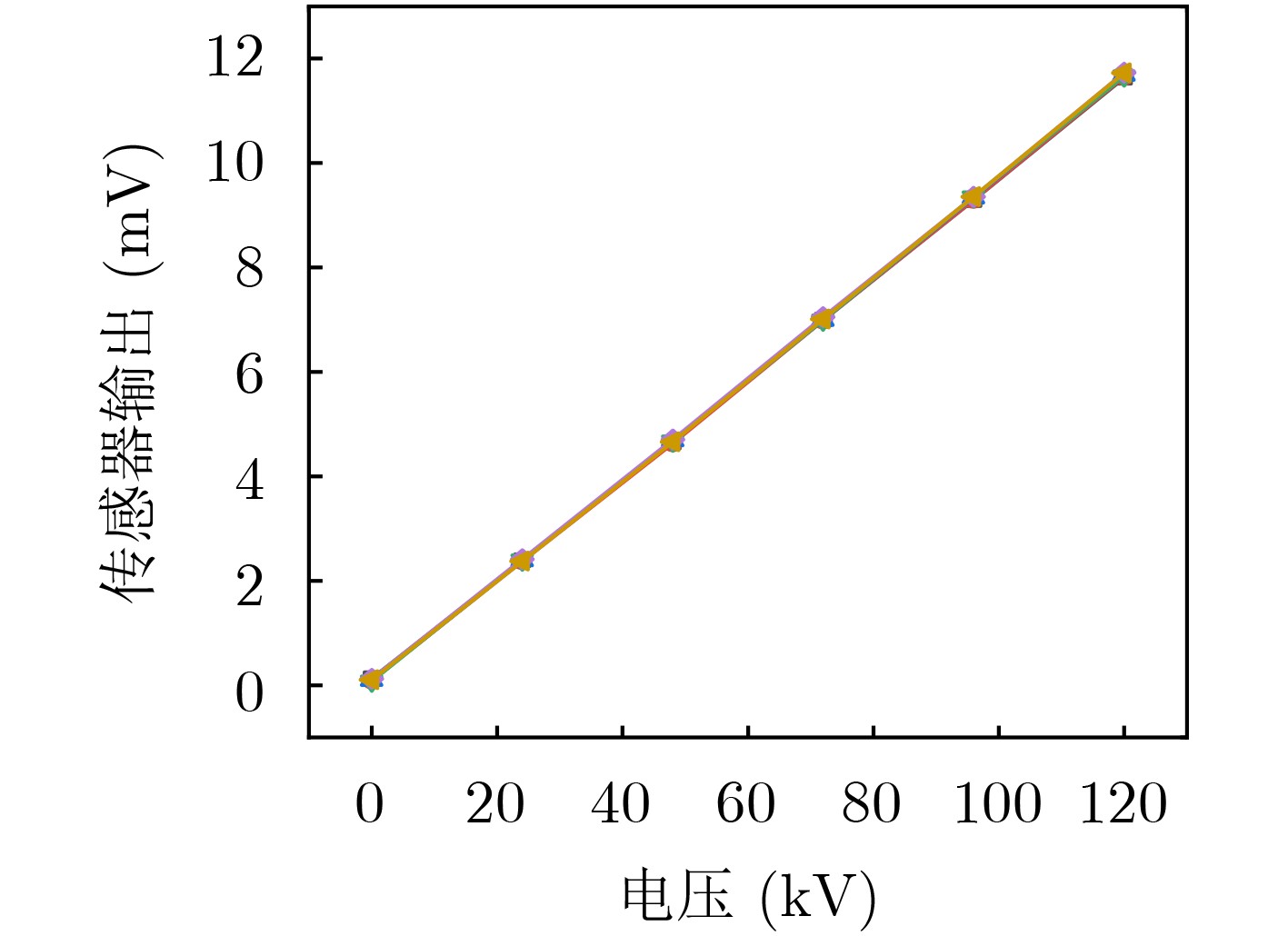
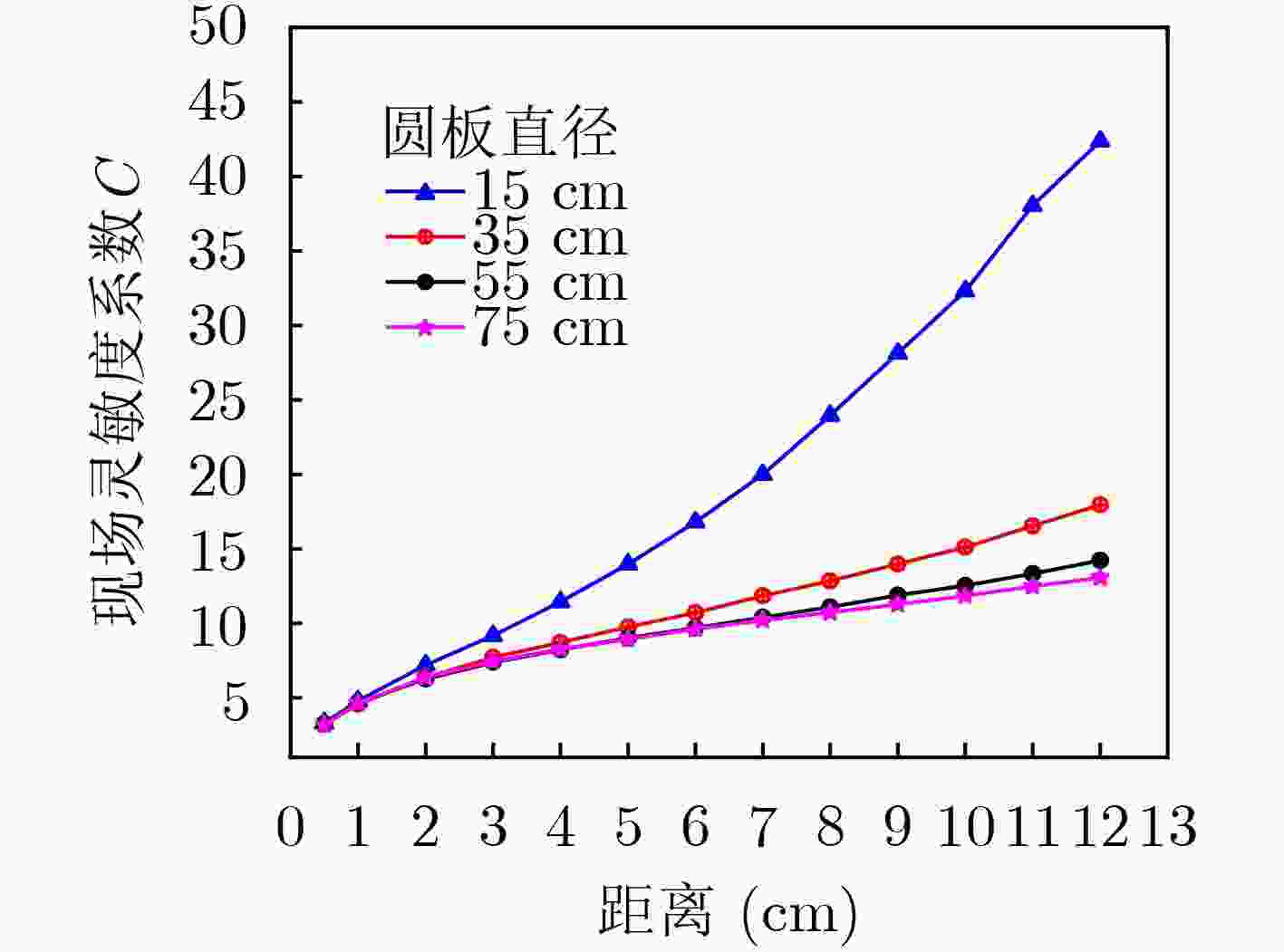


 下载:
下载:
